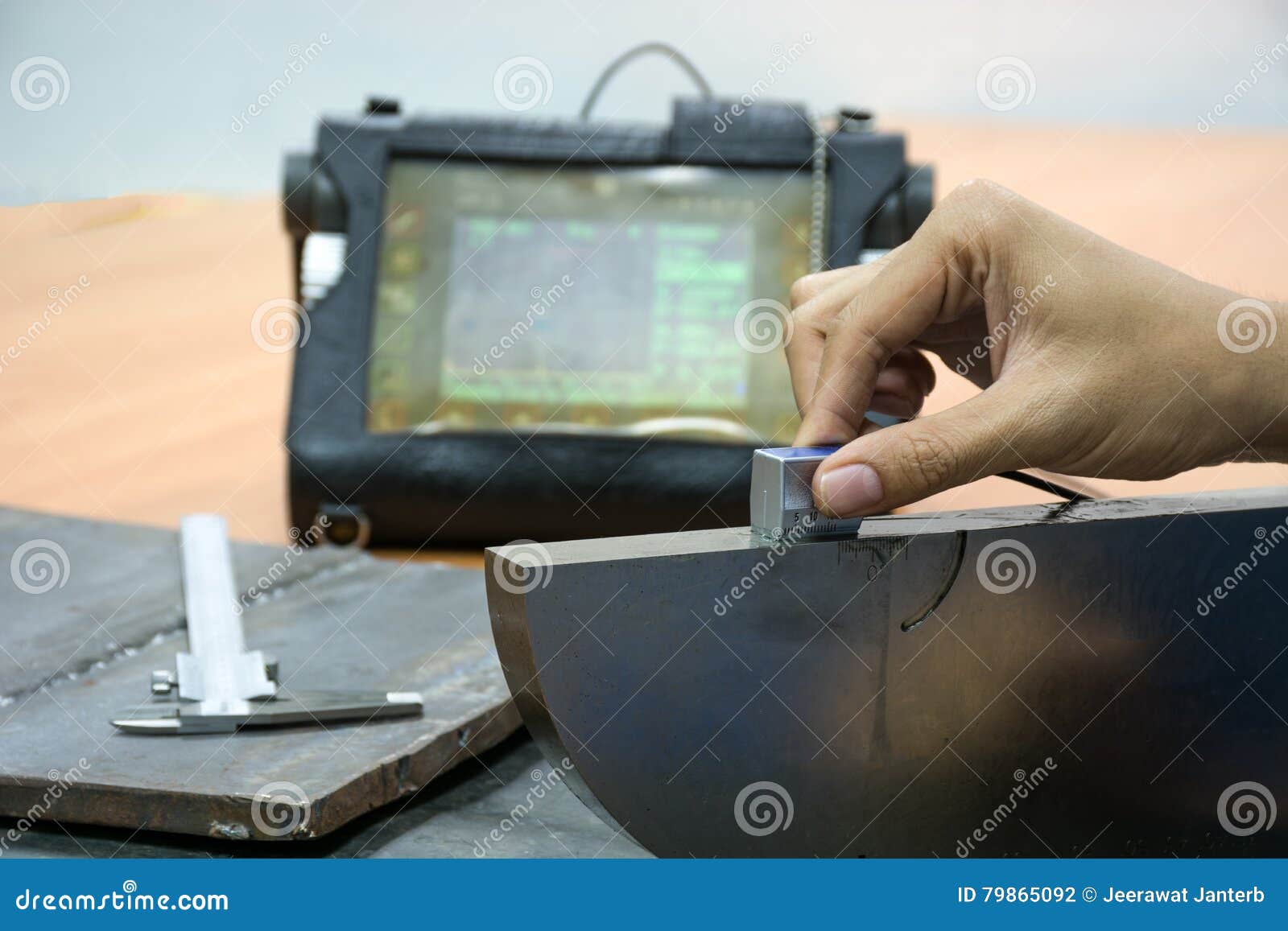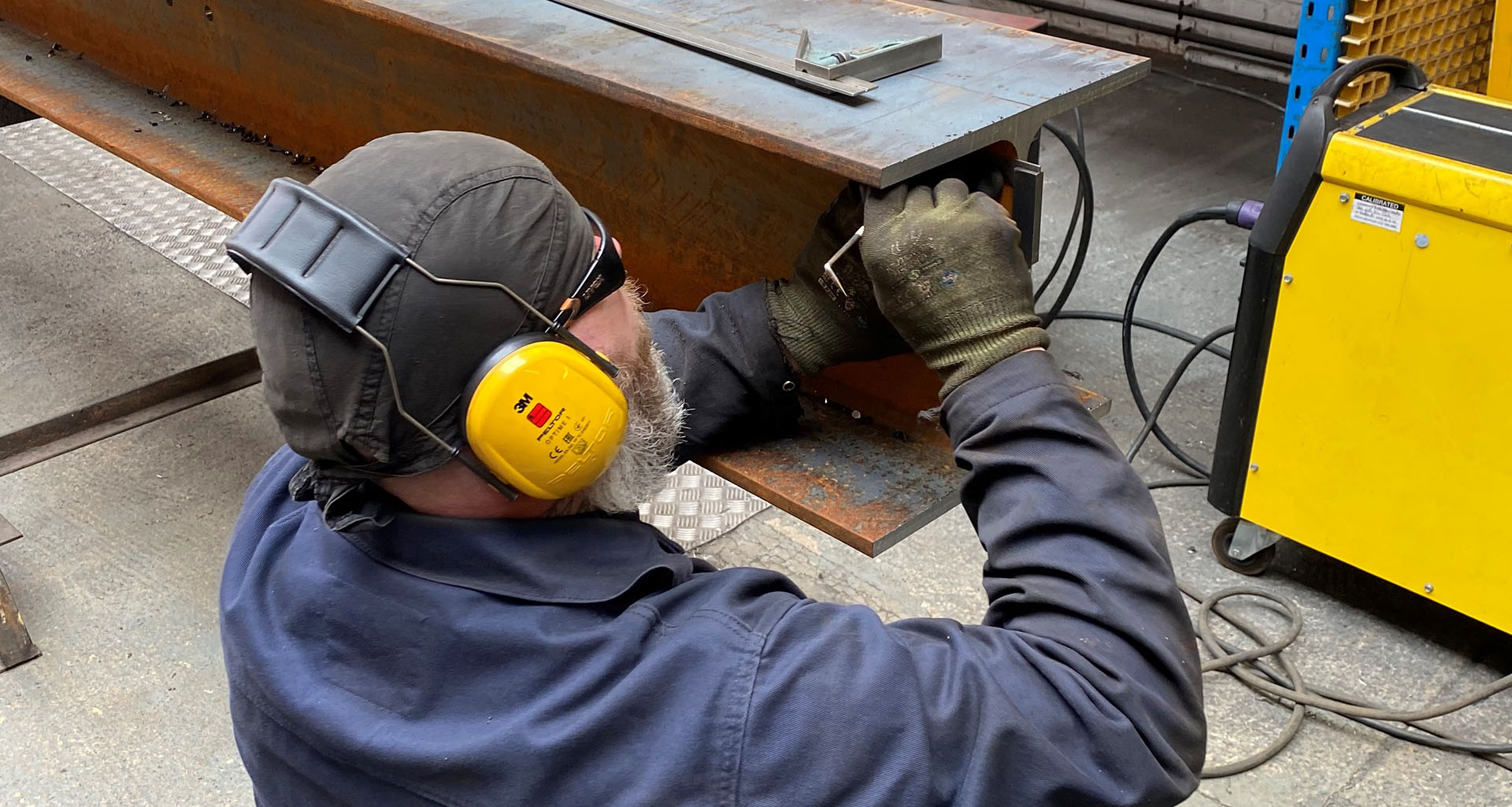The Function of Technology in Modern Welding Inspection Madison Practices
The Function of Technology in Modern Welding Inspection Madison Practices
Blog Article
Exploring Advanced Equipment and Techniques for Accurate Welding Evaluation
In the realm of welding evaluation, the pursuit of precision and integrity is critical, spurring the growth of advanced devices and methods. Technologies such as phased selection ultrasonic testing and digital radiography are changing defect detection, offering unparalleled accuracy in identifying welding problems. Laser scanning developments and automated examination systems, furnished with fabricated knowledge, are redefining the landscape by lowering human error and boosting safety steps. As these sophisticated techniques remain to evolve, they promise not only to change evaluation practices yet additionally to elevate fascinating concerns about the future of quality control in commercial applications.
Ultrasonic Testing Advancements
Ultrasonic screening technologies often represent the forefront of developments in welding assessment technologies. These innovations have dramatically enhanced the capacity to spot and review discontinuities within bonded structures, making sure improved stability and safety.

In addition, improvements in software program formulas for data analysis have actually improved the accuracy of flaw discovery and sizing. Automated ultrasonic testing systems now provide high-resolution imaging, making it possible for comprehensive assessments of weld top quality. These systems are typically incorporated with sophisticated visualization tools, which help with the interpretation of outcomes.
Radiographic Examination Methods
While ultrasonic screening advancements have actually established a high standard in non-destructive assessment, radiographic assessment strategies continue to play an essential function in welding inspection by providing special understandings into material stability. Radiographic screening (RT) utilizes using X-rays or gamma rays to permeate products, creating a radiograph that aesthetically stands for the inner structure of a weld. This imaging capability is very useful for spotting subsurface problems such as porosity, inclusions, and splits that might not be visible through surface evaluations.
The procedure involves placing a radiation source on one side of the weld and a detector on the contrary side. Variations in product thickness and thickness influence the depletion of the rays, producing a different picture that specifically marks imperfections. RT is particularly advantageous for inspecting thick sections and intricate geometries where various other techniques might fail.
Regardless of its performance, radiographic assessment has to be conducted with stringent adherence to safety methods because of the dangerous nature of ionizing radiation. The interpretation of radiographs requires proficient personnel, as the quality of the analysis straight affects the integrity of the examination. Ongoing developments in digital radiography are boosting image clarity and interpretation performance, strengthening RT's critical duty in making certain weld high quality.
Laser Scanning Breakthroughs
Welcoming laser scanning modern technology in welding assessment has reinvented the analysis of weld high quality and integrity. Unlike typical inspection techniques, laser scanning gives fast data acquisition, substantially enhancing the performance and precision of weld evaluations.
Laser scanning breakthroughs have resulted in considerable improvements in defining and finding surface defects such as porosity, absence of combination, and undercuts. The high-resolution data allows inspectors to perform comprehensive analyses, making sure that welds fulfill rigorous market criteria. In addition, this approach supports the growth of electronic records, facilitating long-term quality control and traceability.
In addition, laser scanning technology integrates effortlessly with software program services created for automated issue discovery and analysis. The resultant you can find out more information can be conveniently shared and assessed, advertising collective decision-making processes. As sectors proceed to demand greater requirements for weld top quality, laser scanning continues to be at the center, using exceptional accuracy and efficiency in welding inspection.
Automated Evaluation Solutions

Automated examination systems use the benefit of consistency, removing human mistake and subjectivity from the inspection process. They are created to run in different settings, from manufacturing floors to remote field sites, making sure detailed coverage. Welding Inspection Madison. These systems can be set to adhere to specific welding standards and requirements, supplying detailed reports and documents for quality assurance objectives
Moreover, the assimilation of cloud-based systems helps with the storage space and evaluation pop over here of huge amounts of evaluation information. This enables pattern analysis and anticipating upkeep, enabling producers to attend to possible issues before they escalate. The fostering of automatic examination systems is a pivotal move in the direction of improving the dependability and efficiency of welding procedures in commercial applications.

Enhancing Safety And Security and Efficiency
A considerable aspect of boosting safety and efficiency in welding assessment hinges on the assimilation of ingenious modern technologies that simplify operations and minimize risks. The adoption of innovative non-destructive testing (NDT) approaches, such as ultrasonic screening, phased variety ultrasonic testing (PAUT), and radiographic testing, plays a pivotal duty in making sure architectural stability without compromising the safety of the workers included. These strategies permit comprehensive inspections with minimal downtime, decreasing possible dangers connected with typical techniques.
Moreover, the application of real-time information analytics and equipment knowing algorithms has actually changed the means inspection information is interpreted. By employing predictive analytics, potential flaws can be identified prior to they manifest into important failures, making sure timely treatments and upkeep. This aggressive method significantly boosts operational performance and safety and security in welding procedures.
Moreover, remote evaluation technologies, consisting of drones and robot crawlers equipped with high-resolution cams, enable inspectors to examine hard-to-reach areas without exposing them to dangerous conditions. This not only boosts assessment accuracy yet also decreases human threat. By leveraging these sophisticated tools and methods, sectors can accomplish greater security criteria and operational efficiency, ultimately causing even more reliable and sustainable welding assessment practices.
Conclusion
The integration of advanced tools and techniques in welding examination significantly boosts defect discovery and ensures structural integrity. Welding Inspection Madison. Developments such as phased array ultrasonic testing, digital radiography, and laser scanning improve issue characterization, while automated inspection systems and AI decrease human error. Remote modern technologies facilitate secure analyses in unsafe settings, promoting a proactive upkeep technique. These innovations not only increase assessment effectiveness but also add to improved safety and quality control in commercial welding applications.

Ultrasonic testing developments regularly represent the forefront of improvements my link in welding inspection modern technologies.While ultrasonic testing advancements have established a high requirement in non-destructive examination, radiographic examination strategies continue to play an indispensable role in welding evaluation by supplying one-of-a-kind understandings into material stability.Welcoming laser scanning modern technology in welding inspection has actually revolutionized the assessment of weld high quality and integrity. As industries proceed to require higher criteria for weld quality, laser scanning stays at the center, using unequaled accuracy and effectiveness in welding examination.
Automated inspection systems offer the benefit of uniformity, removing human error and subjectivity from the examination process.
Report this page